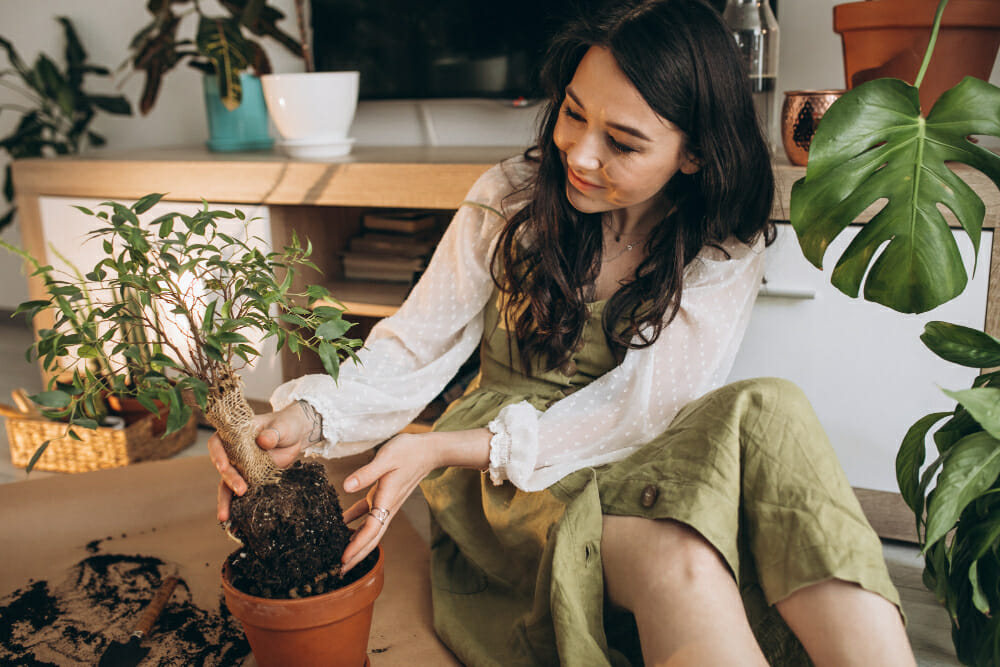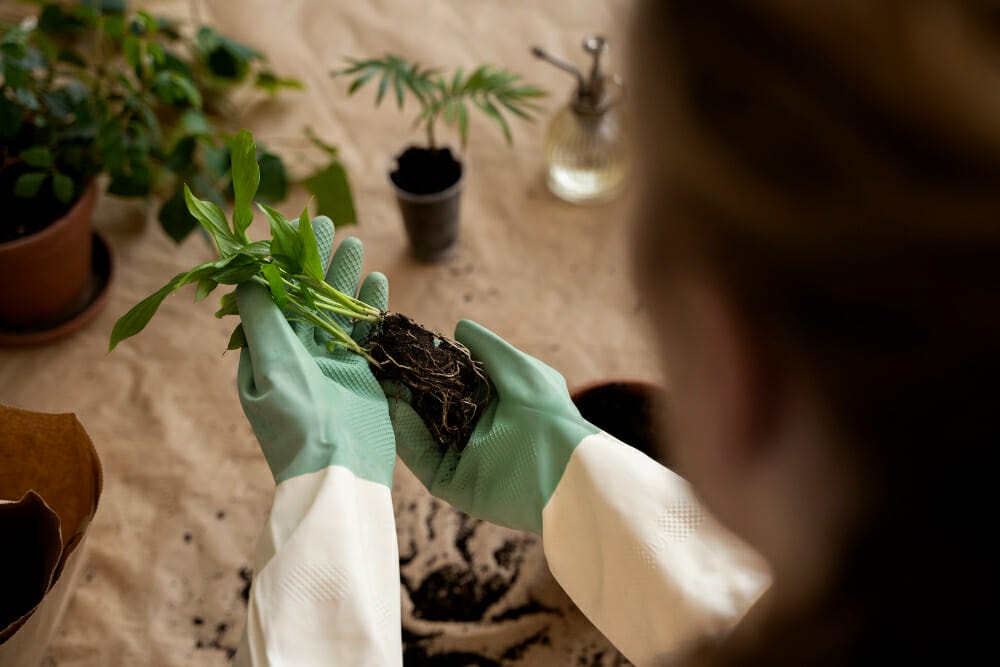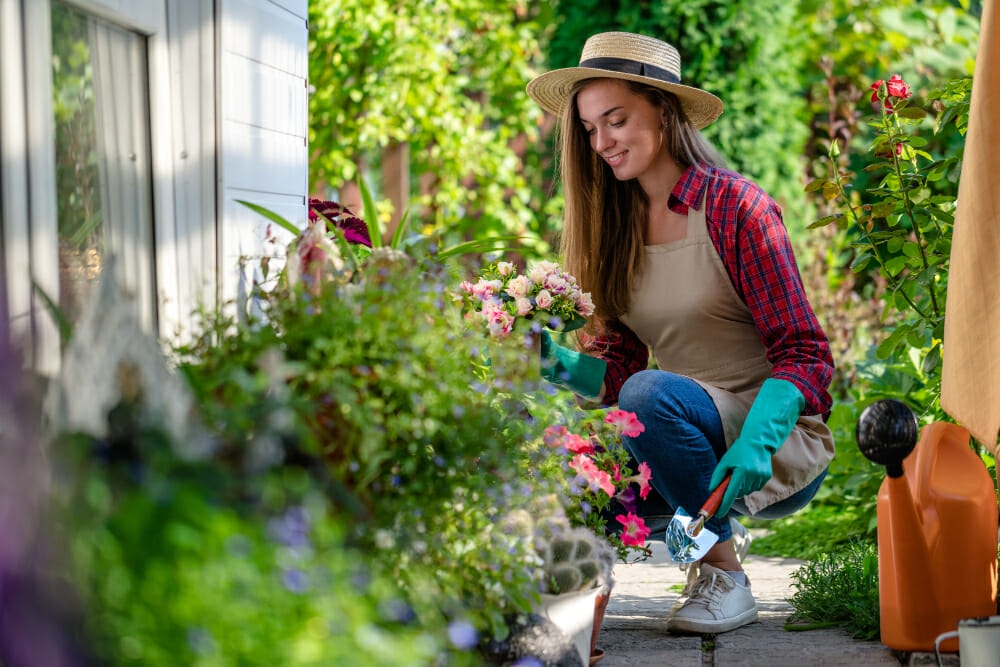How to plant your own vegetable garden

If you want to have the freshest vegetables, consider planting your own garden at home. When you have your own vegetable garden, you can pick and eat the vegetables immediately after harvesting, so that you always have fresher and tastier vegetables. In addition, your own garden will not only bring you better quality and fresher food, but it will also help you to be more economical, because you will no longer have to buy vegetables from the store.
On the other hand, gardening is an excellent physical activity and can contribute to improving mood and reducing stress. Also, gardening can be a pleasant and relaxing activity, which can be practiced alone or with family and friends.
Gardening can also contribute to protecting the environment by reducing carbon emissions generated by transporting vegetables from other geographical areas and by using sustainable gardening techniques, such as composting and water recycling.
How do you plant your own vegetable garden in 10 steps?
1. Choose the right location
Choose a location for the garden that benefits from a lot of sun, has good soil, ample space and is close to a hose or a water source. Find a flat area to prevent erosion.
Most vegetables need at least 6-8 hours of sunlight per day to grow and develop, so you'll need to make sure your vegetable garden is located in a spot that receives adequate sunlight.
Avoid areas with standing water. Vegetables prefer well-drained soils and can be affected by excess water. Avoid planting in areas with standing water or in areas with slow water flow.
Check the pH of the soil. Most vegetables prefer a soil pH between 6.0 and 7.0. Check the pH and correct it if necessary to ensure healthy plant growth.
Take into account the wind, because areas too exposed to the wind can damage the crops and dry them quickly. Try to place the garden in a place protected from the wind, or create a hedge or barrier to protect the plants.
Avoid making a garden in an area that has been exposed to pollutants or pesticides. Choose a place as natural and unpolluted as possible, to ensure that your vegetables are healthy and safe for consumption.
2. Select your vegetables
Decide which products to include in your garden depending on the climate, space, personal tastes and your level of experience. Beginners can start with crops that are easier to grow, such as carrots, beans, cucumbers, peppers and lettuce. You can also decide to start with the vegetables that you eat most often and that suit the growing conditions in your area. For example, if you live in a warm climate, it may be easier to grow tomatoes, peppers and eggplant than cabbage or broccoli.
3. Prepare the soil
It is very important to prepare the soil well before starting to plant. It removes weeds and enriches the soil with compost or organic fertilizers. Put compost and natural fertilizers in your garden to nourish the soil and prepare it for the plants you are going to grow. Stores with garden products can help you test the acidity of the soil and recommend supplements, or you can simply buy ready-made bulk soil.
4. Pay attention to the planting schedule
Planting conditions and ripening cycles differ from plant to plant and from season to season, so you don't have to sow all the seeds at the same time. Planting dates can be found on the seed packets. Before creating a gardening calendar, analyze what are the ideal conditions for each vegetable you want to plant.
Also, it is very important to follow the weather conditions and temperatures, to make sure that your plants are planted at the right time. Some plants do not tolerate very low temperatures or heavy rains, so pay attention to these aspects.
It is very important to rotate crops every year to prevent soil diseases and to keep the soil rich in nutrients. Plan your garden in advance to ensure that you rotate the crops and that you keep the variation every year.
5. Plant the seeds
Before planting the seeds, it is important to prepare the soil, removing plant debris and weeds, adding compost or fertilizer, and loosening the soil to make it more aerated.
Place the seeds or plants in the soil, carefully following the instructions related to depth and spacing. In general, seeds should be planted at a depth of about two to three times the size of the seed. Bury the seeds in the soil, press lightly and cover with soil. After planting the seeds, water them carefully to encourage them to germinate. Make sure the soil is watered well, but not excessively.
6. Water the garden well
Vegetables require a sufficient amount of water to grow and bear fruit. Regular watering is important to keep the soil moist and to help prevent diseases and pests. Lightly sprinkle the garden with water to keep the soil moist throughout the growing season. Purchase a hose spray nozzle so you can spray in a light, rain-like mist to water your garden.
7. Pull out the weeds
Mulching is the most effective way to prevent weeds from multiplying. Add a 5-10 cm layer of organic mulch to your garden to prevent weeds from taking over your crops. If your garden is full of weeds, grab them by the base of the stems and pull them hard, making sure to pull all the roots out of the ground.
It is also very important to check the plants to discover possible diseases and pests and to eliminate them as soon as possible.
8. Leave the plants enough room to grow
Sufficient space between plants is very important for growing a vegetable garden. Space can ensure that each plant has enough space to grow and develop and that it has access to sunlight and nutrients. If the plants are too close to each other, they will compete for resources, which will slow down their growth and development.
The ideal space dimensions depend on the vegetables you are growing and their specific growth requirements, so always check the planting instructions or ask a gardening specialist if you are unsure. Also, check the spacing guide on the seed packets and make sure you fix the crowded seedling problem right away.
Another way to ensure sufficient space is to use the layer planting method, where plants are grown at different soil levels to maximize space and allow each plant to grow upwards rather than spread out. .
9. Add fertilizer as needed
Gently work the soil by hand and add fertilizer to keep it rich and to ensure healthy vegetable growth. You can buy ready-made garden fertilizer from the store or you can make your own fertilizer from Epsom salt, egg shells, water from the fish tank and kitchen compost.
10. Reap what you have sown
Picking plants is one of the most enjoyable moments of gardening. Here are some tips to reap the fruits of your labor in the garden.
It is important to follow the calendar and pick the plants at the right time. Each plant has its own harvest time, and picking at the right time will guarantee that your vegetables are tasty and healthy.
It is recommended to pick the plants in the morning, when the temperature is lower and the humidity is higher. This will help you preserve their quality and freshness.
Harvest the vegetables when they are young and tender, but only when you want to use them. Remove the root crops as soon as they reach an edible size. Harvest crops with leaves by cutting them 5 cm from the ground.
Try to harvest regularly. Regular picking can help promote continued plant growth and produce larger, healthier fruits. Enjoy your own harvest!




